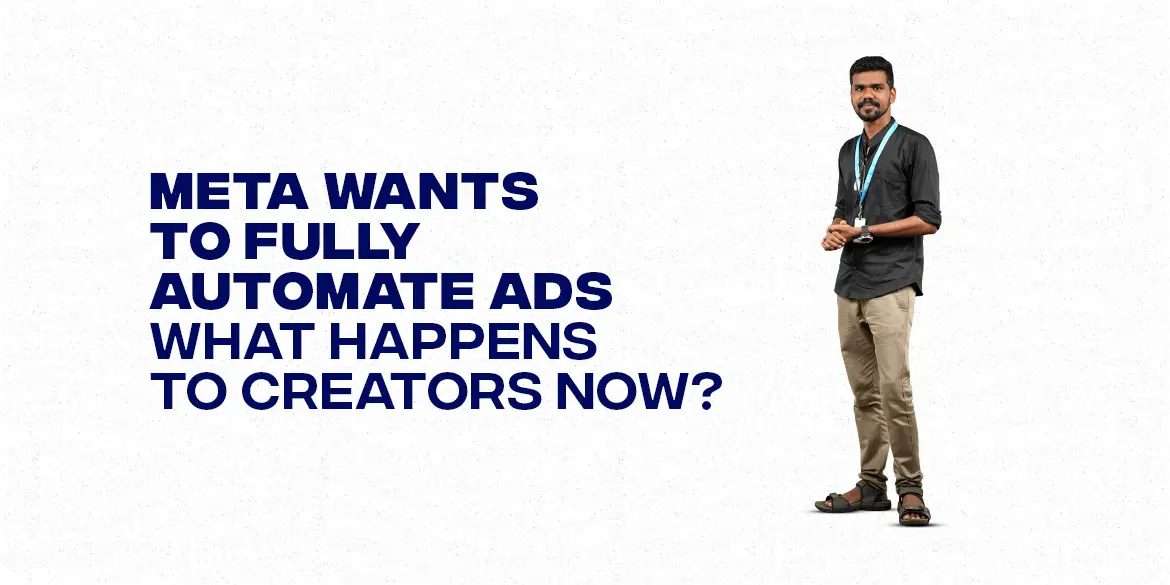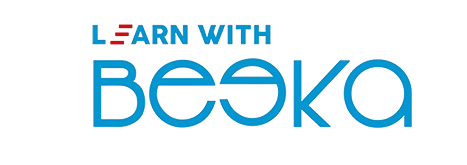
Meta is no stranger to automation. But its latest move i.e., aiming to fully automate ad creation using AI, isn’t just another product update. It’s a real shift in how digital ads might be built moving forward.
If you’re running ads on Facebook, Instagram, or across Meta’s ecosystem, this change could reshape how you create campaigns, from copy to design to targeting. And if you’re just starting to learn digital marketing, understanding what’s happening here will save you from falling behind.
Let’s break down what Meta’s doing, why it matters, and how to adapt before this becomes the norm.
What Is Meta Trying to Automate?
Meta has always used AI behind the scenes, mainly to help deliver the right ad to the right person. But now it wants to move further up the chain and start automating the actual creative part of advertising.
Here’s what that looks like:
1. Auto-generated copy and headlines
Advertisers can input basic brand details or campaign goals. Then Meta’s tools will generate multiple ad copy variations including headlines and calls-to-action, without human writers.
2. AI-generated visuals
Instead of uploading your own image, you could describe what you need, and Meta’s AI will create the visuals. It’s similar to other text-to-image tools but tuned for ad formats.
3. Automated targeting and testing
Based on your business type, audience, and campaign goal, Meta’s system will decide who sees your ad, how often, and what variation works best.
4. End-to-end campaign creation
In the near future, the idea is this: you set a goal, define your audience, and Meta does the rest, it writes, designs, launches, and optimizes your campaign across platforms.
Sounds easy, right? But easy doesn’t always mean better.
Why Meta Wants to Automate Ads This Way
The answer is simple: scale and control.
Small businesses struggle with creative work. Not everyone has a designer or copywriter. This system lets Meta serve that market and keep them inside the platform.
More campaigns, more data. If more people create more ads (even with AI), Meta gets more performance signals. That helps its algorithm learn faster and sell ad space more efficiently.
It keeps everything in-house. From creation to delivery, Meta wants advertisers to rely less on outside tools and agencies, and more on what it already offers.
For Meta, it’s a smart business move. For advertisers, it’s a shift that comes with both upside and risk.
What It Means for You (If You’re in Marketing or Learning It)
On paper, this looks like progress. But here’s the reality: automation can be helpful, but it doesn’t replace thinking.
If you’re just learning ads, or if you’re running them for your brand or clients, you need to understand how to work with this kind of AI, not against it.
Here’s how this affects different parts of the game:
1. Creative becomes less of a barrier
If AI can write decent copy and generate clean visuals, then anyone can launch a campaign quickly. It lowers the creative entry point.
But here’s the catch: if everyone uses the same tools, everything starts to look the same.
The question becomes: what makes your brand stand out when the creative process is identical?
2. Brand voice matters more than ever
AI can write, but it doesn’t know you. It doesn’t understand your tone, values, or what makes your brand feel real.
If you don’t define your voice, the AI will default to generic.
So while others are automating, you should focus on identity. That’s what makes your content stick.
3. Testing speeds up, but strategy still matters
Yes, you can now A/B test faster with AI-generated variations. But what are you testing for? Without clear messaging or goals, it’s just noise.
You still need to think: Who are we talking to? What do they care about? What’s the one thing we want them to do?
Automation speeds up execution. It doesn’t fix bad strategy.
4. Creative jobs won’t die, but they’ll evolve
Writers, designers, and marketers won’t be replaced. But their role is shifting:
Knowing how to prompt AI tools to get the right tone or design
Editing AI outputs so they feel human and brand-aligned
Understanding what not to automate, like storytelling and emotional hooks
If you’re in marketing, your edge will be how well you guide the tools, not how much you can manually produce.
What Meta Really Wants
Let’s not sugarcoat this. Meta wants you to stay inside its ecosystem, from idea to execution to reporting.
By offering you tools to create, run, and optimize ads without needing outside help, Meta increases your reliance on its platform. You’ll get results faster, but you’ll also give up a bit of control.
How to Adapt (Even If You’re Still Learning)
This isn’t the time to panic. But it is time to learn differently.
Focus on the things that can’t be automated:
Building real brand positioning
Understanding customer psychology
Writing with tone, humor, and nuance
Creating strategy-first content plans
Knowing when to break the rules of a platform
These are the skills machines can’t fake, and they’re what we teach at Learn with Beeka.
If you’re studying digital marketing today, you’re not just learning tools. You’re learning how to think in a space that moves fast. The future marketer doesn’t just press buttons. They build systems that work, and adjust them when the rules change.
Final Thought
Meta’s AI tools are going to change how ads get made. There’s no avoiding that.
But while AI can build an ad, it still can’t build a brand.
That’s where you come in.
So learn the tools. Use them well. But don’t forget to think like a human, because that’s what your audience still connects with.
And that’s what we teach at Learn with Beeka.
